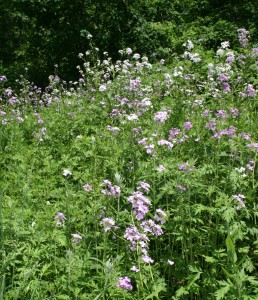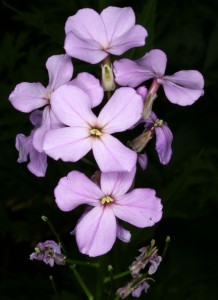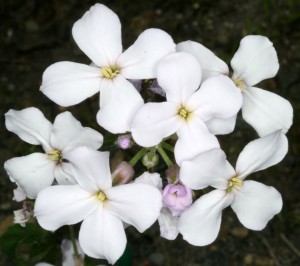The Shifting Science of Botanical Nomenclature — II
Posted in Science on June 17 2013, by Scott Mori
Scott A. Mori is the Nathaniel Lord Britton Curator of Botany at the The New York Botanical Garden. His research interests are the ecology, classification, and conservation of tropical rain forest trees. His most recent book is Tropical Plant Collecting: From the Field to the Internet.

Last week I discussed how the scientific names of plants change because of the law of priority. This time around, I explain how names change due to differences in species concepts, leaving the question of “what is a species” for future posts. For now, all you have to know about this complex topic is that a species is a population of plants that plant taxonomists recognize as being different from other populations. In addition, a useful species concept is one in which the morphological and molecular characters used to circumscribe species are also apparent to non-botanists. For example, non-botanists should be able to identify one species from another based on character differences.
In simplest terms, botanists are classified as those who recognize relatively small differences in plant populations as distinct species (splitters), versus those who consider certain kinds of variation to be normal within a species (lumpers). Many animal species include considerable variation in their circumscription as evidenced by the recognition of humans, dogs, and cats as single species. Generally speaking, zoologists have broader species concepts than botanists with the latter tending to split species more than the former. Botanists with different philosophies about splitting and lumping may cause name changes.
[Not a valid template]For example, if a splitter and lumper classify species of the same genus, the former will recognize more species than the latter. Consequently, if the splitter works during an earlier time period, some of his or her species will most likely be joined if the next botanist who works on the group is a lumper. This creates confusion when species once recognized as different become synonyms of a more widely circumscribed species. The opposite happens when a splitter separates a more broadly defined species into different species.

The most difficult problem for plant taxonomists is defining species based on characters that vary in ways that have biological significance for the populations that possess them. The recognition of a species is justified if there is a suite of correlating characters that helps distinguish it from other species. The dame’s rocket (Hesperis matronalis) illustrates how plants growing side-by-side may have different color variants that, by themselves, do not merit recognizing them as taxonomic units. Roadside populations of this species have some individuals with pure white flowers, while others bear pink flowers. I examined other flower and vegetative structures of the white- and pink-flowered individuals and agree that color should not be recognized by giving them scientific names. This is an example of variation within a species (intraspecific variation).

When examining the dame’s rocket, I noticed that Trifolium pratense and T. repens also had different flower colors, the former with lavender and the latter with white. But in this case, the differences were accompanied by a suite of other characters. The former displays a more well-developed root system, larger leaves, more conspicuous markings on the leaves, and a shorter flower cluster stalk. In this case, the differences between the two are so obvious that it is clear they represent different species. This is an example of variation among species (inter specific variation). See the differences for yourself in my accompanying slide show.

